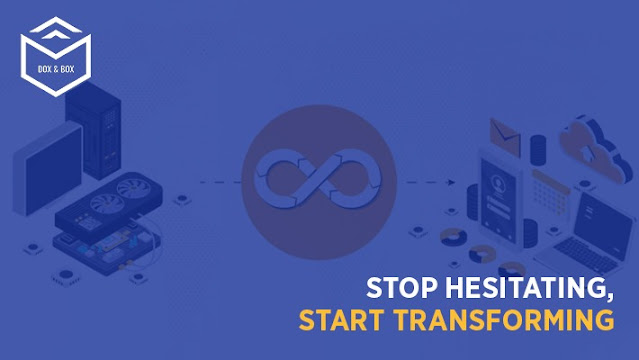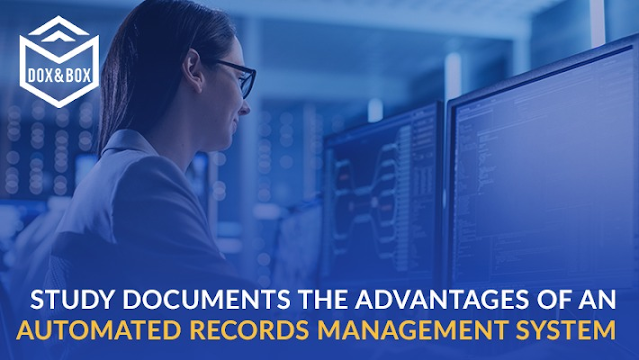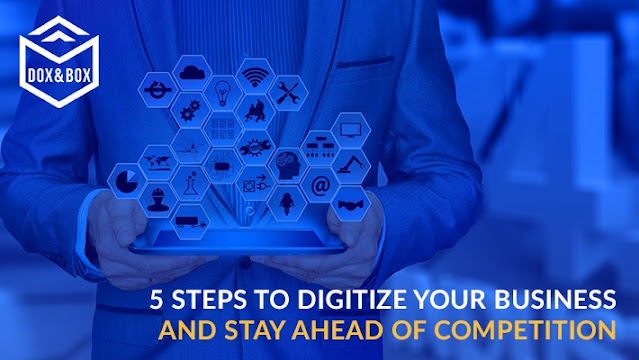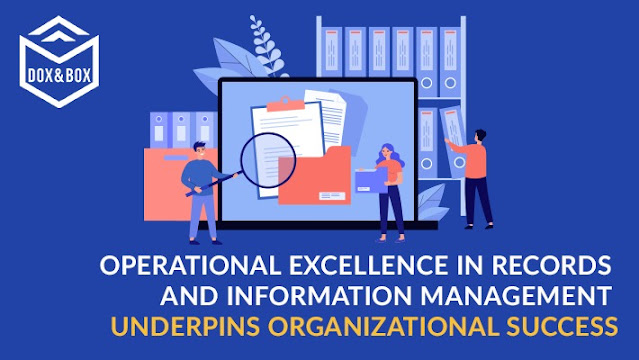Stop Hesitating, Start Transforming
The need for flexibility and agility to integrate modernized solutions with legacy systems is essential in today’s time. Legacy systems are programs that have been in use for a very long time in various organizations. These systems are vital to the workflow operations of the organization; however, they are often difficult to manage.
As data is the critical key for determining the durability and stability of a business or a company in the long-term future, it is essential to have mechanisms in place that can accurately and systematically process and manage them. These antiquated systems keep us parted from our maximum potential and are often the roadblock when it comes to digital transformation.
Some of the common examples of legacy systems are -
● CRM’s
● ERP’s
● Operating Systems
● Hardware
With a need for more efficient, fast, and updated operations, these outdated systems can often limit productivity in various everyday operations. We will approach why the burden of legacy systems is untenable and how modernization is essential in this competitive world.
1. Maintenance -
The amount of data that companies are generating in todays’ time is enormous. Therefore, migrating to a new platform if required can be a daunting task. Also, the staff hired just to work on these is also a waste of resources and skills.
2. Integration with modern systems -
People looking to integrate their old legacy systems with modern solutions can face problems with the process, as most legacy systems are outdated and incompatible with modern systems. Problems regarding data silos, expenses, and time can be the major constraints in such cases.
3. Security -
Outdated systems are the prime target for hackers and criminals, as they can easily access all the information with minimal effort. Legacy systems are asking to be breached, and this eventually risks the security and privacy of the data.
Modernization and digital transformation is not a single step, instead, it is a series of steps of a progressive process. It requires the implementation of technologies, cloud systems, advanced analytics, updated software, and most importantly cybersecurity.
Legacy modernization allows you to build a strong and fresh foundation based on principles of flexibility for achieving current and future goals. A low-risk and gradual approach to modernization will help focus on improvements rather than the reinvention of the entire system.
Challenges in upgrading to modern systems -
As in any other up-gradation, changes in the legacy systems also have certain challenges associated with them
1. Time -
Most organizations that are involved in modernizing their legacy systems don’t realize that it can take years before the entire system is transformed. This process requires patience and understanding before one can fully realize its potential.
2. Cost -
The up-gradation of legacy systems can be an expensive process. You need to keep in mind that the transformation should profit in the future.
3. Change management -
The change from legacy to modern systems should be seamless, therefore, a comprehensive approach to change management should be taken.
Importance of transforming legacy systems -
Transforming your legacy systems gives you a competitive advantage over others as it gives you a plethora of opportunities to grow your business. Along with this, it allows employees to save time. The employees focusing on extraction and management of records can now be focused on other important productive activities.
It also allows the organizations to make use of big data that allows the business to explore a variety of growth opportunities. With advanced security, these systems ensure the safety of all the information.
Using data combined with analytics and value-added insights can help drive the business’ performance. Leveraging this data can help make decisions and maintain a competitive edge over others in the market. This can help enhance the capabilities of the business and ensure a focused, tangible, and measurable digital vision.
Source: https://www.doxandbox.com/blog-details/stop-hesitating-start-transforming




Comments
Post a Comment